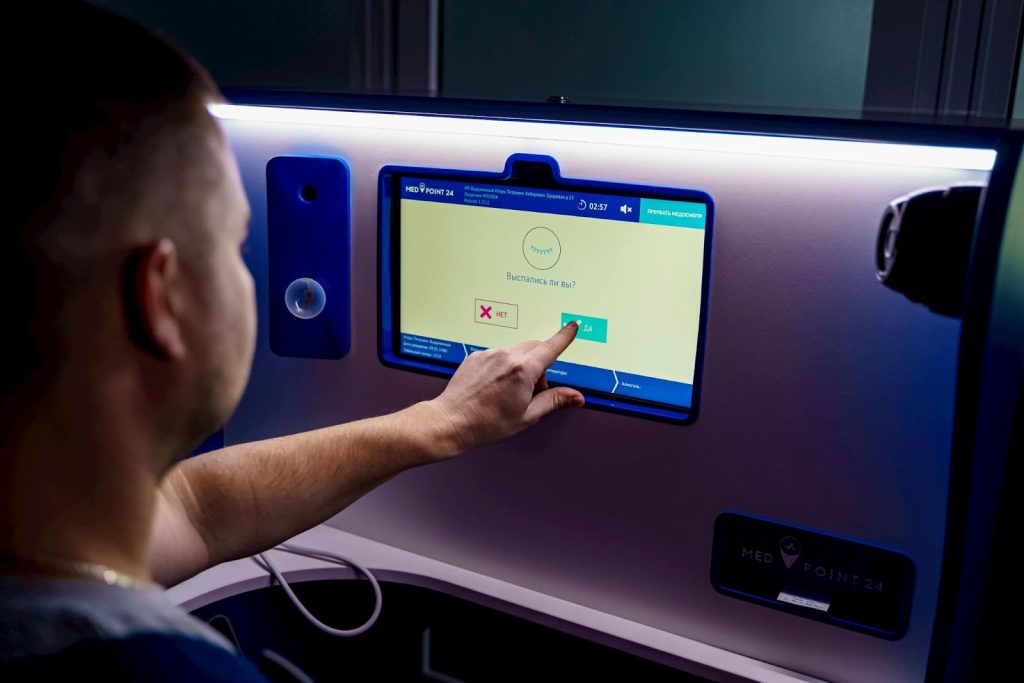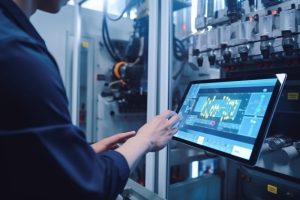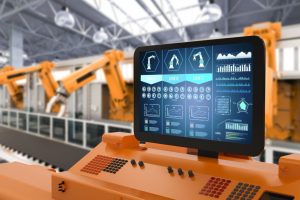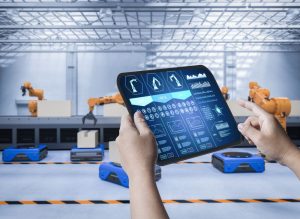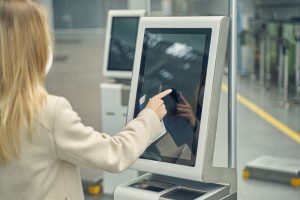While the presence of LCD modules in medical products is not new, what’s noteworthy is the growing adoption of touchscreen technology in the medical field.
Referred to as ‘touch panels‘ or ‘user interfaces,’ their integration with LCDs is on the rise.
Touchscreen revenue, encompassing various sectors, is projected to soar from $16 billion in 2012 to an estimated $31.9 billion by 2018, indicating a significant surge in popularity over the years.
In this article, we’ll explore the different types of medical monitors and their applications in the healthcare industry.
Why Medical Touch Screen Monitors Are Now Used in Healthcare?
The rising popularity of touch screens in medical devices can be attributed to several key advantages.
Firstly, it streamlines devices by eliminating peripherals like a mouse or keyboard, reducing clutter.
Additionally, touch screens replace external components like buttons and switches, leading to a more compact product and minimizing the risk of component failure.
Secondly, touch screens facilitate easy equipment upgrades through software updates, allowing older instruments to meet current standards and incorporate new functionalities.
Lastly, touch panel technology enables the manufacturing of a single product for global use, supporting multiple languages through software adjustments.
Different Types of Medical Touchscreens and How They Are Used
Health services are one of the industries where time is of great essence.
Hence, the utilization of touchscreens has become pivotal and essential.
This section talks about the different types of medical touchscreens and their applications in the healthcare industry.
Medical Information
The medical information screen serves as a comprehensive platform, empowering both medical staff and patients with extensive data accessibility.
Patients can efficiently schedule medical appointments, while medical professionals can seamlessly monitor patient updates.
This simplification of management functions enhances operational efficiency, enabling medical staff to dedicate more time and energy to patient care.
Patient Information Kiosk
Revolutionizing the traditional hospital registration process, the patient information kiosk eliminates manual queues and simplifies registration.
Patients requiring manual services experience a streamlined process, reducing the reliance on paper printouts.
The kiosk directly stores patient information in the backend database, facilitating easy access for hospital and medical management departments.
Other Automated Medical Services
Touch screens prove invaluable in rehabilitation as assistive technology products.
Their user-friendly interfaces cater to diverse users, fostering immediate engagement with rehabilitation tools.
Leveraging various senses, including vision, hearing, and coordination, these tools enhance the rehabilitation process, providing a simple and effective solution for users.
Key Takeaway
The integration of touchscreen technology in medical devices has revolutionized healthcare settings, offering improved efficiency and user-friendly interfaces.
From medical information screens to patient information kiosks and assistive technology products, touch screens play a pivotal role in simplifying processes and enhancing patient care.
When considering the diverse applications, it becomes evident that the reliability of touch screens is paramount.
A trusted PCAP touchscreen manufacturer is essential to ensure overall quality and functionality, ensuring seamless operation in critical medical environments.
The precision and durability provided by reputable manufacturers contribute significantly to the effectiveness of medical touch screens, ultimately benefiting both healthcare professionals and patients alike.
